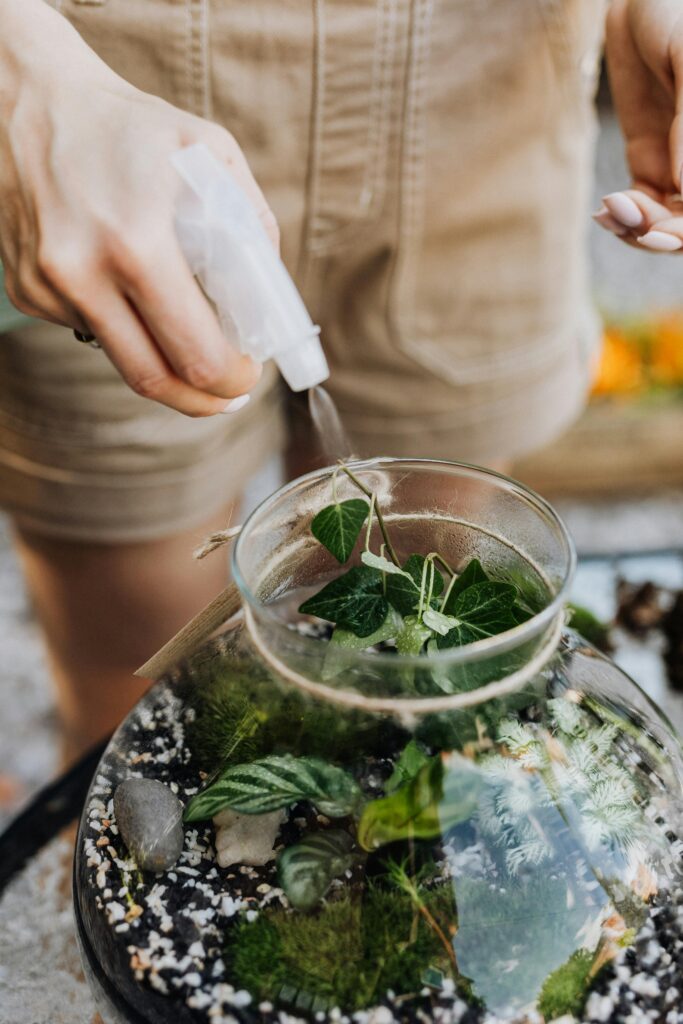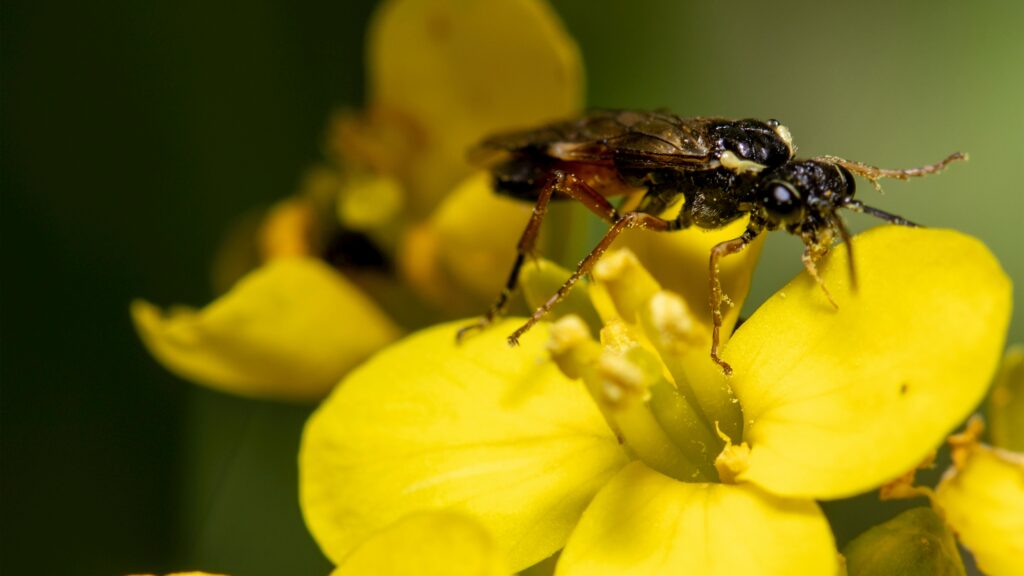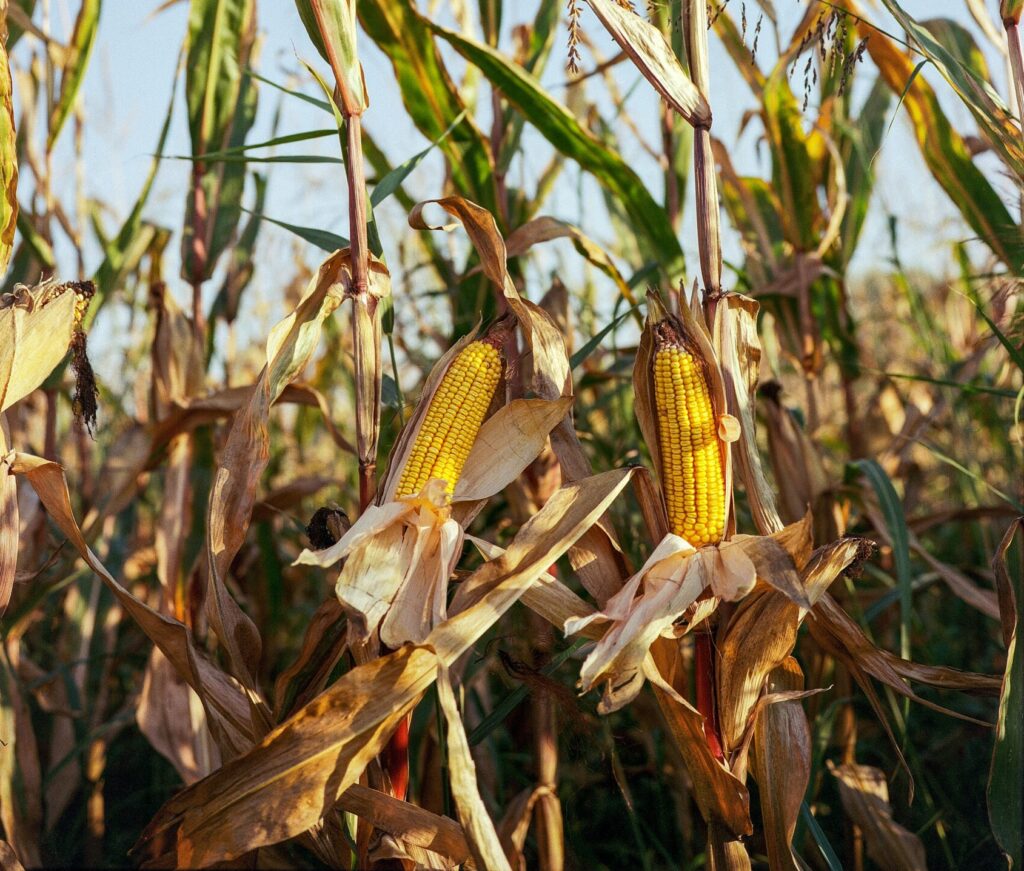Creating a terrarium for your indoor plants is a fun and rewarding project that brings a bit of nature indoors. A terrarium is essentially a mini indoor garden housed in a clear container, providing a controlled environment for small plants. Here’s a step-by-step guide to creating your own terrarium.

Choose Your Container
Select a clear glass or plastic container with an open top (for drier environments) or a closed lid (for more humid environments). The container can be anything from a simple glass jar or fishbowl to a more elaborate glass box or cloche. Ensure it’s large enough to accommodate the plants you want to use, with enough room for growth.

Gather Materials
You’ll need the following materials:
Gravel or Pebbles: For drainage at the bottom.
Activated Charcoal: To keep the soil fresh and prevent odors.
Moss: Optional, but can help prevent soil from falling into the drainage layer.
Potting Soil: Choose a mix appropriate for your plants. For example, use a cactus mix for succulents or a standard indoor potting mix for other plants.
Small Plants: Choose plants that thrive in similar conditions, like ferns, mosses, succulents, or air plants.
Decorative Elements: Optional, such as small rocks, figurines, or driftwood.
Create the Drainage Layer
Start by adding a 1-2 inch layer of gravel or pebbles to the bottom of your container. This layer will help excess water drain away from the roots, preventing root rot.
Add Activated Charcoal
Sprinkle a thin layer of activated charcoal over the gravel. This helps filter the air and water within the terrarium, reducing the risk of mold and keeping the environment fresh.
Layer the Moss (Optional)
If you’re using moss, add a thin layer on top of the charcoal. This will act as a barrier, preventing the soil from mixing with the drainage layer and improving the terrarium’s aesthetic.
Add Potting Soil
Next, add the potting soil on top of the moss, about 2-3 inches deep, depending on the size of your plants. Create small mounds or dips if you want to add some visual interest. The amount of soil should be enough to accommodate the roots of your chosen plants.
Plant Your Plants
Carefully remove your plants from their pots, gently shaking off excess soil from their roots. Create small holes in the soil of the terrarium, place the plants inside, and pat the soil down around them. Arrange the plants so that taller ones are at the back or center, and smaller ones at the front or edges.
Add Decorative Elements (Optional)
If you want to enhance the look of your terrarium, now is the time to add any decorative elements like small stones, miniature figurines, or pieces of driftwood. These can create a themed look or just add a personal touch.
Water Your Terrarium
Lightly water the plants after planting, but be careful not to overwater, especially in closed terrariums, as this can lead to mold growth. The amount of water you need will depend on the type of plants. Succulents and cacti require very little water, while mosses and ferns need more moisture.
Place and Maintain Your Terrarium
Place your terrarium in a spot where it will receive appropriate light. Most terrariums do well in bright, indirect light. Direct sunlight can cause the container to overheat, especially for closed terrariums. Maintain your terrarium by monitoring moisture levels (open the lid or air it out if it’s too humid), trimming back any overgrown plants, and removing any dead leaves.
With proper care, your terrarium can thrive and serve as a beautiful, low-maintenance addition to your indoor space.
















